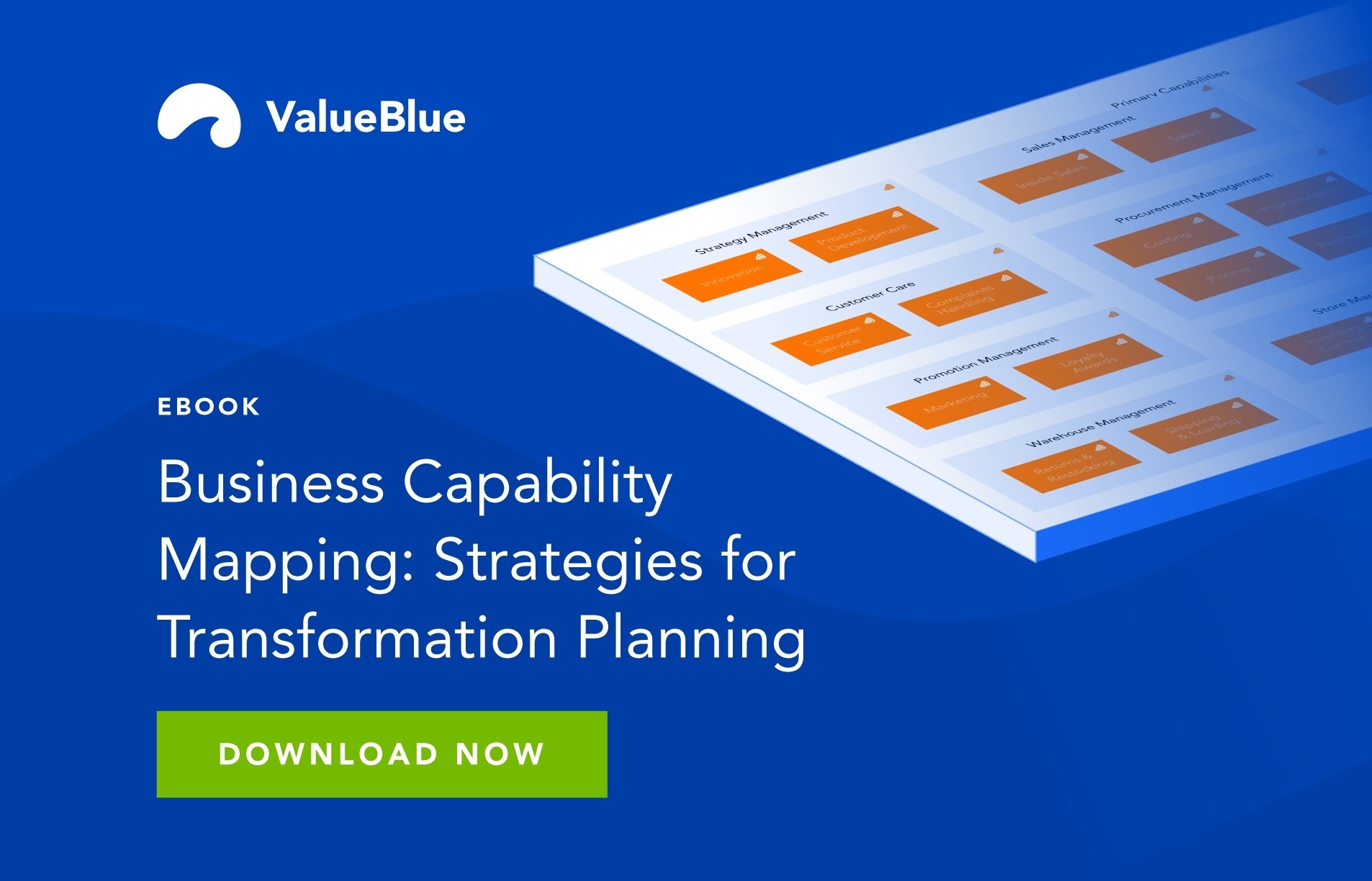Enterprise Security Architecture: How to Protect Your Business
In today's world, cyber security has become a critical concern for businesses of all sizes. Cyber-attacks can have a devastating impact on a company's reputation, operations, and bottom line. From the theft of valuable data to disruptions in business operations, cyber security breaches can cause significant damage that can be difficult to recover. As such, companies must take cyber security seriously and implement effective strategies to protect their assets from cyber threats. Failure to do so can result in severe financial losses, legal liabilities, and long-term reputational damage. In this context, this article will explore the importance of cyber security for companies and provide insights into how Enterprise Security Architecture can help.
First Things First: Insights into Your IT Landscape
Enterprise Architecture is a crucial component for bringing an organization's IT landscape into place. It provides a holistic view of an organization's information systems, business processes, and technical infrastructure, enabling it to understand how these components interact and work together. With this understanding, an organization can identify where its data is stored, how it flows through its systems, and which systems are critical for its operations. This information is essential for an organization to effectively manage and protect its data, as well as to identify and mitigate potential risks to its operations.
Without Enterprise Architecture, an organization risks having an ad hoc approach to IT management, which can lead to inefficiencies, redundancies, and security vulnerabilities. Therefore, Enterprise Architecture is an essential tool for organizations to bring their IT landscape in place and ensure that their critical information is properly placed and protected.
Why Enterprise Security Architecture Matters
Enterprise security architecture is essential to business areas that are critical to operations and helps all departments run more smoothly.
Compliance and Risk Management
Many businesses must comply with regulatory requirements such as GDPR, HIPAA, and PCI-DSS.
Enterprise security architecture enables businesses to meet these requirements and identify and mitigate potential security risks. This framework ensures data is secured and access is restricted to authorized personnel. This process is done by conducting risk assessments to identify vulnerabilities and implementing measures to reduce the risk of security incidents.
Protection of Sensitive Information and Business Continuity
In the current digital age, businesses collect and store sensitive information such as PII and other customer data, financial information, and trade secrets. A security breach can cause significant damage to a business's reputation and operations.
Enterprise security architecture ensures that this information is protected from theft, unauthorized access, and manipulation by helping prevent security breaches and ensuring businesses can continue operating in the event of a security incident.
Cost Savings
By investing in enterprise security architecture, businesses can save money in the long term by avoiding the costs associated with security breaches, such as legal fees, reputational damage, and lost revenue.
Together enterprise security architecture is crucial for organizations to protect against potential threats, remain compliant, and ultimately save costs in the long run.
Implementing Enterprise Security Architecture
Security architecture is a complex process that needs alignment among key stakeholders and cross-functional collaboration to make it successful. This reasoning is why we lean into enterprise security architecture, which is security that builds on a foundation of Enterprise Architecture to grow alignment and visibility across teams. With insight into your IT Landscape, you can capture which processes, applications, and assets work with important information whose security is critical and must be maintained and improved. This information can then be democratized and decimated throughout the organization for better collaboration and implementation of a security framework.
Enterprise Architecture Tooling
As stated above, Enterprise Architecture (EA) tools can be used to support and facilitate the development of an enterprise security architecture. Here are some steps you can take to use an EA tool for this purpose:
- Define the scope of the enterprise security architecture: identify the assets, systems, and processes that need to be protected and the potential threats and risks that need to be addressed.
- Develop a security reference architecture: define the security principles, standards, and guidelines that will govern the enterprise security architecture. You can use EA tool to create models and diagrams that illustrate the security architecture.
- Map security requirements to the enterprise architecture: identify the security requirements for each of the components of the enterprise architecture and map them to the corresponding security controls. You can use your EA tool to create matrices and diagrams that show the relationships between the architecture components and the security requirements.
- Assess the effectiveness of the security architecture: evaluate the effectiveness of the security architecture in mitigating the identified threats and risks. You can use your EA tool to create scenarios and simulations to test the security architecture.
- Continuously monitor and update the security architecture: monitor the effectiveness of the security controls and update the security architecture in response to new threats and risks. You can use your EA tool to create dashboards and reports that show the performance of the security controls and highlight areas that need improvement.
Summary
As you can see, EA tools can help you develop a holistic and integrated enterprise security architecture that aligns with your overall enterprise architecture. It can also help you manage and communicate the security architecture to stakeholders in a more structured and efficient way. The overall effect is a more integrated and collaborative approach to your security than a framework without underlying enterprise architecture.
ValueBlue's EA tool BlueDolphin can help you manage security architecture and keep stakeholders up to date, request the brochure below!
BlueDolphin Brochure
-1.png)
.png)


-Apr-12-2023-09-54-53-7420-AM.png?width=1536&name=MicrosoftTeams-image%20(83)-Apr-12-2023-09-54-53-7420-AM.png)